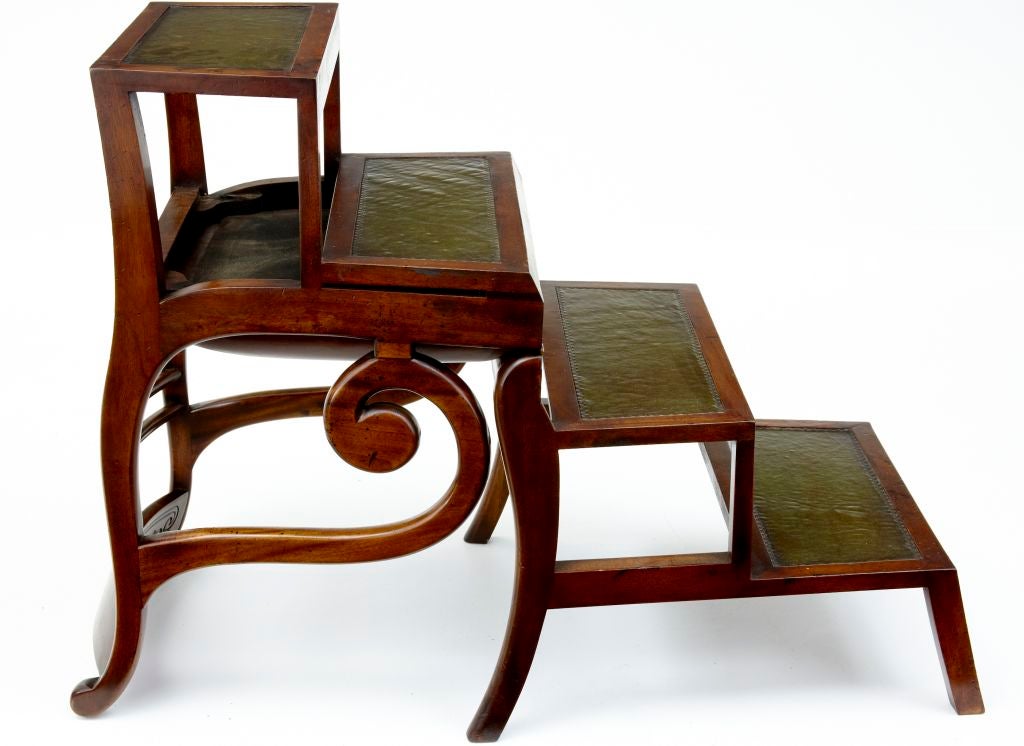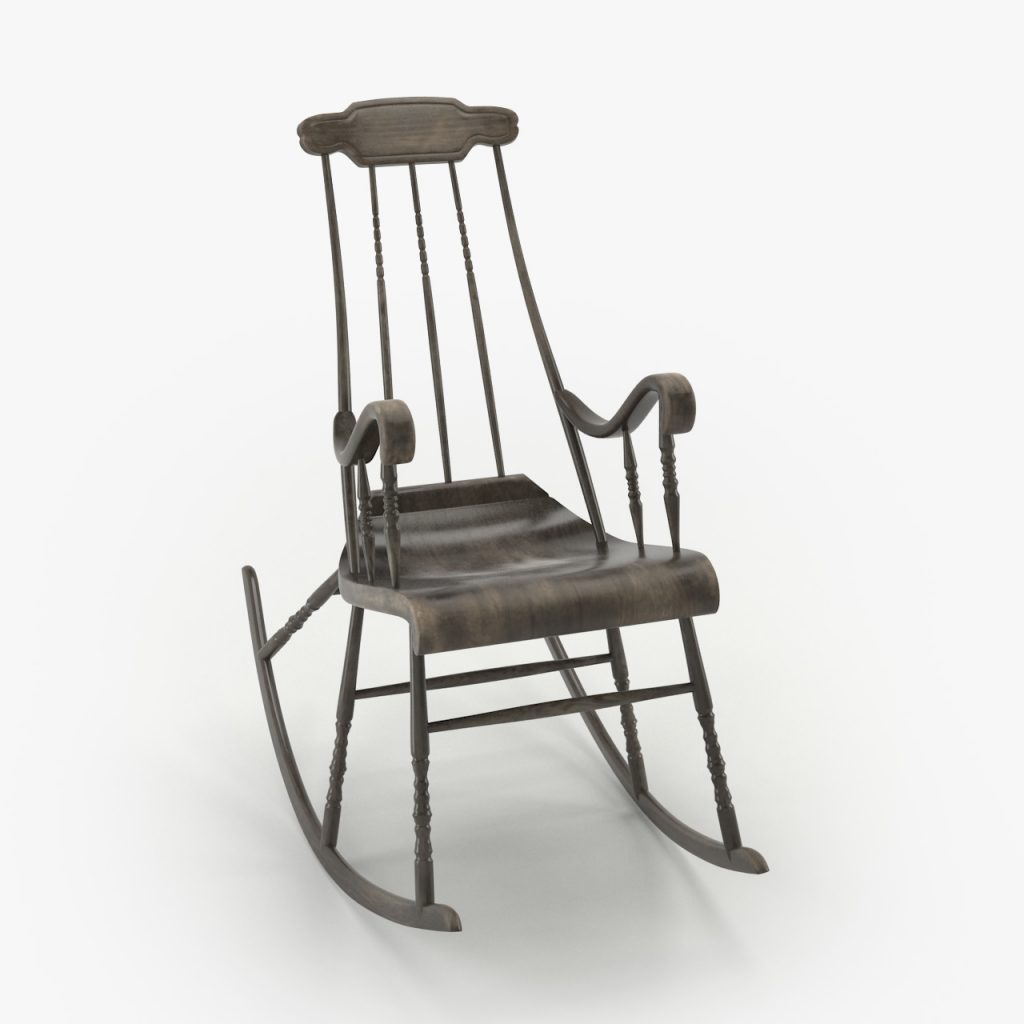The History of the Rocking Chair: Did Benjamin Franklin Invent The Rocking Chair

The rocking chair, a seemingly simple piece of furniture, has a rich and fascinating history spanning centuries and continents. Its evolution reflects the ingenuity and changing needs of humankind, showcasing the development of materials, construction techniques, and cultural preferences.
Early Forms and Origins
The earliest known rocking chairs, dating back to the 17th century, were rudimentary and often crafted from wood. These early versions were primarily functional, serving as a means of gentle rocking motion for relaxation or soothing infants. The design involved a simple, curved base that allowed for a back-and-forth movement. While the exact origins of the rocking chair remain unclear, evidence suggests that it emerged independently in various cultures around the world.
The Evolution of Materials and Construction
The rocking chair’s construction and materials evolved significantly throughout history, driven by technological advancements and changing aesthetics.
- Early 18th Century: Wood, primarily oak and maple, was the dominant material, often utilizing traditional joinery techniques. The design remained relatively simple, with emphasis on functionality.
- Late 18th and 19th Centuries: The rise of mass production and the development of new materials, such as cast iron and metal, led to the creation of more elaborate rocking chairs. The use of metal allowed for intricate designs and greater durability.
- 20th Century: The introduction of modern materials like plastic and fiberglass offered new possibilities for rocking chair design. These materials allowed for lighter, more colorful, and more affordable options.
Rocking Chairs Across Cultures and Time Periods
The rocking chair’s popularity has extended beyond geographical boundaries, with variations emerging in different cultures and time periods.
- Colonial America: The rocking chair became a staple in American homes during the colonial period, often crafted by skilled artisans. It was a symbol of comfort and hospitality, often placed on porches or in living rooms.
- Victorian Era: The Victorian era witnessed a surge in elaborate rocking chair designs, often incorporating intricate carvings and upholstery. The rocking chair became a statement piece, reflecting the era’s emphasis on grandeur and opulence.
- Modern Design: In the 20th century, modern designers embraced minimalist aesthetics and innovative materials, resulting in contemporary rocking chairs that prioritize functionality and clean lines.
Benjamin Franklin’s Contributions to Furniture Design

Benjamin Franklin, renowned for his scientific discoveries, political acumen, and contributions to the founding of the United States, was also a keen observer of design and functionality. His interests extended beyond the realm of science and politics, encompassing furniture design as a practical and aesthetically pleasing art form. Franklin’s contributions to furniture design, though not as widely recognized as his other achievements, reflect his ingenuity and pragmatic approach.
Did benjamin franklin invent the rocking chair – While Franklin’s name is not directly associated with the invention of the rocking chair, his design philosophies and innovations in other furniture pieces provide insights into his approach to functionality and aesthetics. This exploration delves into Franklin’s known furniture designs and innovations, examining any evidence of his involvement with rocking chairs, and comparing his design philosophies with the design of rocking chairs during his lifetime.
Benjamin Franklin’s Furniture Designs and Innovations
Benjamin Franklin’s interest in furniture design stemmed from his belief that functionality and aesthetics could coexist harmoniously. He designed furniture that was both practical and visually appealing, reflecting his belief in the importance of practicality and simplicity.
- The “Franklin Stove”: Perhaps Franklin’s most famous furniture design, the “Franklin Stove” was a revolutionary heating device that improved upon existing fireplaces. Its design, with its cast iron construction and efficient heat distribution, made it more efficient and safer than traditional fireplaces. This invention showcased Franklin’s focus on practicality and innovation, a philosophy that extended to his furniture designs.
- The “Armchair”: Franklin’s armchair design, often referred to as the “Franklin Armchair,” prioritized comfort and support. It featured a high back, wide arms, and a deep seat, offering a comfortable and ergonomic seating experience. This design embodied Franklin’s belief in the importance of comfort and functionality in furniture.
- The “Folding Table”: Franklin’s folding table, a versatile piece of furniture, demonstrated his understanding of space optimization and functionality. This table could be easily folded and stored when not in use, making it ideal for smaller spaces. The folding table exemplified Franklin’s practical approach to furniture design, where space-saving features were prioritized.
Evidence of Franklin’s Involvement with Rocking Chairs
While there is no definitive evidence that Benjamin Franklin designed or invented the rocking chair, some anecdotal accounts and historical records suggest his potential interest in this type of furniture.
- Personal Accounts: Some accounts mention Franklin’s fondness for rocking chairs, suggesting he may have appreciated their comfort and motion. However, these accounts lack concrete details about his involvement in their design or construction.
- Letters and Diaries: Franklin’s extensive correspondence and diaries do not contain any direct references to rocking chair design or his involvement with them. However, these sources do reveal his interest in furniture design and his desire for practical and comfortable furniture.
Comparison of Franklin’s Design Philosophies with Rocking Chairs
While Franklin’s furniture designs often prioritized functionality and simplicity, rocking chairs of his era were often more ornate and decorative. This contrast reflects the evolving design trends of the time. Rocking chairs during Franklin’s lifetime were often seen as status symbols, featuring elaborate carvings and intricate details. This focus on ornamentation contrasted with Franklin’s preference for practical and functional designs.
- Functionality vs. Aesthetics: Franklin’s furniture designs emphasized practicality and comfort, while rocking chairs during his lifetime often prioritized aesthetic appeal. This difference in design philosophy reflects the changing priorities in furniture design during the 18th century.
- Simplicity vs. Ornamentation: Franklin’s designs often featured clean lines and minimal ornamentation, while rocking chairs of the era were often adorned with intricate carvings and embellishments. This contrast highlights the different design aesthetics prevalent during Franklin’s lifetime.
The Popularity and Evolution of the Rocking Chair

The rocking chair, a simple yet ingenious design, has become a beloved fixture in homes worldwide. Its popularity stems from a combination of comfort, practicality, and cultural significance. From its humble beginnings to its modern iterations, the rocking chair has evolved alongside societal shifts and technological advancements.
Factors Contributing to the Widespread Adoption of the Rocking Chair
The rocking chair’s widespread adoption can be attributed to several factors:
- Comfort and Relaxation: The gentle rocking motion provides a soothing and calming effect, making it an ideal choice for relaxation and contemplation. The chair’s contoured shape also offers excellent support, reducing strain on the back and promoting good posture.
- Practicality: Rocking chairs are relatively easy to construct and require minimal materials, making them affordable and accessible. They can be used both indoors and outdoors, and their compact size makes them suitable for a variety of spaces.
- Versatility: Rocking chairs can serve multiple purposes, from reading and napping to entertaining guests and rocking babies. Their adaptability has contributed to their enduring popularity across generations.
- Cultural Significance: The rocking chair has become deeply ingrained in American culture, symbolizing home, comfort, and tradition. Its presence in literature, film, and art further reinforces its iconic status.
Cultural Significance of the Rocking Chair, Did benjamin franklin invent the rocking chair
The rocking chair holds different cultural meanings in various societies:
- United States: In the United States, the rocking chair is often associated with rural life, family gatherings, and leisurely afternoons on the porch. It represents a sense of peace, tranquility, and nostalgia.
- Southern United States: In the Southern United States, the rocking chair is a quintessential element of Southern hospitality. It is often seen on verandas and porches, welcoming guests and providing a comfortable spot for conversation and relaxation.
- Scandinavia: In Scandinavian countries, rocking chairs are commonly found in homes and are often used as a way to soothe babies and toddlers. They are also popular for relaxation and reading.
Key Advancements in Rocking Chair Design
Throughout the 19th and 20th centuries, rocking chair design underwent significant advancements:
- 19th Century: The introduction of mass production techniques led to the widespread availability of rocking chairs. This era also saw the development of new materials, such as cast iron and metal, which allowed for more intricate and durable designs.
- Early 20th Century: The Art Deco movement influenced rocking chair design, resulting in sleek, geometric shapes and bold colors. The use of new materials, such as chrome and Bakelite, added a modern touch.
- Mid-20th Century: The rise of modernism led to a minimalist approach to rocking chair design. Simple lines, clean forms, and the use of natural materials like wood became prevalent.
- Late 20th and 21st Century: Advances in technology and materials have led to the development of ergonomic rocking chairs that provide optimal comfort and support. These chairs often incorporate adjustable features, such as lumbar support and footrests, to cater to individual needs.
So, did ol’ Ben Franklin invent the rocking chair? Nope, that honor goes to someone else way back in the day. But, if you’re looking for some rocking chair vibes that’ll make you feel like you’re chilling with the Founding Fathers, check out the P & P Chair Company rocking chairs.
They’re handcrafted with a focus on comfort and quality, just like the kind of rocking chair Ben Franklin might have enjoyed himself.